Our choice: Fanatec CSL DD
Benefits
- More precise, immersive driving sensations
- More robust construction and premium finish
- A much larger Fanatec ecosystem in which to evolve
Disadvantages
- Original Quick Release (Lite) not as good as on R5
In the entry-level sim-racing peripherals segment, there are two main brands: Fanatec and Moza Racing. The former has over 20 years’ experience in the industry, and it’s arguably Fanatec that democratized inexpensive Direct Drive bases for the general public with its CSL DD. Opposite them, we have Moza Racing, a manufacturer who has only been in the sim-racing market for a few years, but who has nonetheless managed to carve out a share of the market by offering quality, high-performance peripherals with aggressive price positioning.
Even if the gap in experience is enormous, the two brands are equal in terms of products and peripherals. Whether Moza or Fanatec, each manufacturer offers a complete range of sim-racing peripherals, appealing to novice, amateur, seasoned and professional drivers alike. What’s more, both collaborate with big names in motorsport, such as Porsche and McLaren. All this to say that both are great values, whatever your level of sim-racing.
Among the products on offer are entry-level Direct Drive bases from both competitors. Fanatec is present in this segment with the CSL DD, and Moza with the R5. In what follows, we’ll compare them and see which is the best for sim-racing use, according to a number of criteria.
The design
Let’s start with the design of these two competing DD bases. They feature a metal casing for better heat dissipation, while offering a rather premium design, I must say.
The CSL DD has a fairly square shape, but the R5 sports an X-shaped design. Both have fins for heat dissipation, which enhance the overall design. As for color, the dress is entirely black, with the manufacturers’ logos on the casing. It’s discreet, not flashy at all.
At the front, the QR2 takes its place on the CSL DD, but its color is not the same as that on the box, and is quickly noticed. On the R5, the QR is the same color, which I think looks good on the base.
Overall, the two bases are very similar, and neither has an advantage over the other.
Assembly
Let’s move on to installation. Both can be installed either on a chassis using a standard mounting system (Fanatec from the bottom and sides, and Moza from the bottom only), or on furniture using a clamp.
Here, the advantage goes to the Fanatec base, which is far more versatile when it comes to mounting on cockpits. For mounting on furniture, Moza’s bundled base comes with the clamp, and for Fanatec, you’ll have to go through the accessories catalog. So, I’d say that for this category, it’s a tie.
Sensations on the track
Let’s get to the heart of the matter: on-track sensations. The Moza R5 develops 5.5 nm of peak torque thanks to its electric motor. This base model performs well in sim-racing, with a fairly well-managed power range, whatever the title you’re playing.
Feedback from this base is good, providing both light and heavy detail when you’re on the track. Between bump, body and trajectory movement, and loss of grip, Moza has really done a good job on its entry-level base. However, the 5.5 nm of torque will quickly run out, especially if you ask for too much by pushing all the sliders to the limit.
As for Fanatec’s CSL DD, this base develops 5 nm of torque in its stock version, but thanks to the boost kit sold separately, you can get 3 nm more, for a total of 8 nm, and that makes all the difference on the track.
As far as sensations are concerned, I don’t really need to introduce this legendary Fanatec base. Feedback is present, responsive and immersive, whatever the sim-racing title. But just like Moza’s R5, with the CSL DD in stock version, i.e. 5 nm of torque, you’ll quickly reach its limits in sim-racing, especially if you want to feel maximum feedback. And that’s where the boost kit comes in, boosting power to 8 nm, giving you a much wider feedback range than the R5. With its CSL DD, Fanatec has succeeded in touching 2 different segments of the sim-racing market, and this is its advantage over the competition.
Platform compatibility
For compatibility, the clear winner is Fanatec’s CSL DD, provided you have a steering wheel that is supported by the platform you’re on. Whether PC, Playstation 4 or 5, Xbox Series X/S or One, the CSL DD will work without plugging in on these three platforms, provided you have a steering wheel compatible with the consoles. In fact, this is the only prerequisite for operating this base on consoles. However, software support, notably Fanalab, will not be taken into consideration, and only the settings available on the steering wheel and base firmware will be able to alter the driving experience on Playstation and Xbox. On PC, you can do more or less anything, and the same applies to the R5.
Compared with Fanatec, Moza’s R5 pales into insignificance. Only PCs are supported by this Direct Drive base, which limits its adoption by home gamers. Admittedly, Moza offers the Xbox-compatible R3, but in terms of power, it falls short of the R5 at just 3.9 nm.
Compatibility with brand ecosystems
In this respect, Fanatec dominates the game. Absolutely every product in the Fanatec catalog is compatible with the CSL DD, from steering wheels and pedals to shifters and handbrakes. Everything will work without a hitch, and on all platforms.
The story is slightly different for the R5. As far as the cranksets sold by Moza are concerned, the R5 will work with them as normally as possible, and the same applies to the brand’s shifter and handbrake.
However, when it comes to steering wheels, there’s a difference. Along the way, Moza revised its Quick Release, resulting in the R5 losing compatibility with part of the manufacturer’s wheel range. As a result, all V1 versions (CS V1 and GS V1) of Moza’s wheels are not supported by the R5. In absolute terms, this isn’t all that restrictive, but it’s noticeable on a catalog that only includes 8 wheels.
Value for money
As for prices, the 5 nm Fanatec CSL DD is priced at €350, and the 8 nm is available for €450. At Moza, the R5 is only available as a bundle for €480, with a standard steering wheel and SR-P Lite crankset.
At the prices at which these two bases are sold, I think they offer superb value for money, with a slight advantage for Fanatec as the manufacturer also offers bundles for its CSL DD starting at €400 (the CSL DD Ready2Race), so less expensive than Moza. What’s more, Fanatec’s catalog is much richer in terms of shuttlecocks, so you can have the perfect setup whatever discipline you like best.
The winner
After comparing the two competing entry-level bases from Fanatec and Moza, it’s still hard to choose between the two devices, both of which are of excellent quality and offer good sensations on virtual tracks.
Fanatec has over 20 years’ experience in the industry, and this experience is by no means negligible in terms of the feedback and feeling conveyed by this equipment. It remains the go-to for racers looking for high-performance sim-racing products at a price that’s often contained.
Nevertheless, Moza Racing has demonstrated, in the space of just a few years, that the brand is viable in sim-racing, with a fairly comprehensive range. It doesn’t cover every motorsport discipline, of course, but it does the job for virtually every driver.
If we consider the points scored by the CSL DD and the R5 in the categories previously seen, the winner is Fanatec’s base. It’s more versatile, adaptable to demanding riders thanks to its boost kit that boosts power to 8 nm of torque, compatible with all platforms, and boasts a catalog that includes dozens of peripherals and accessories, making it perfect for virtual racers.

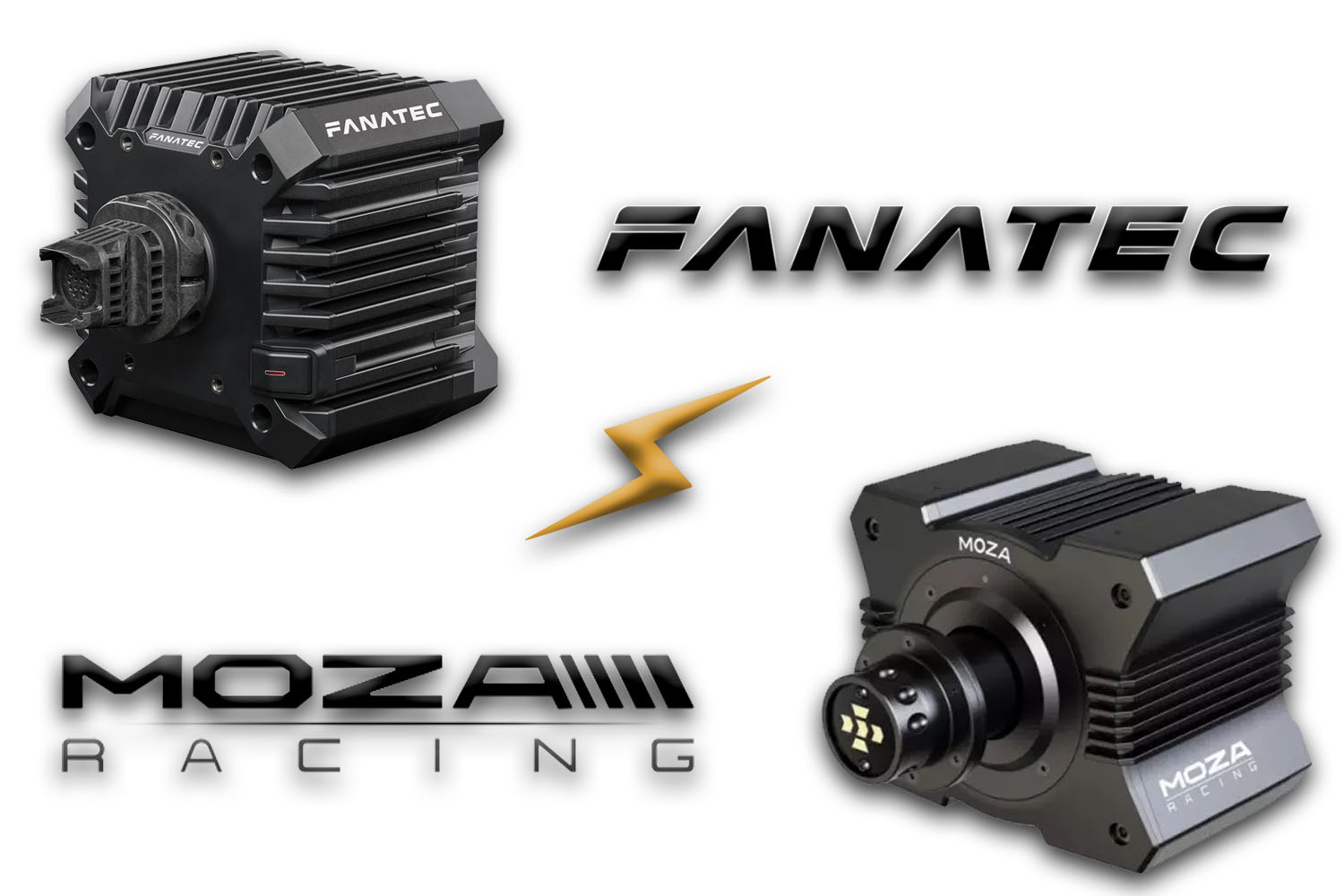
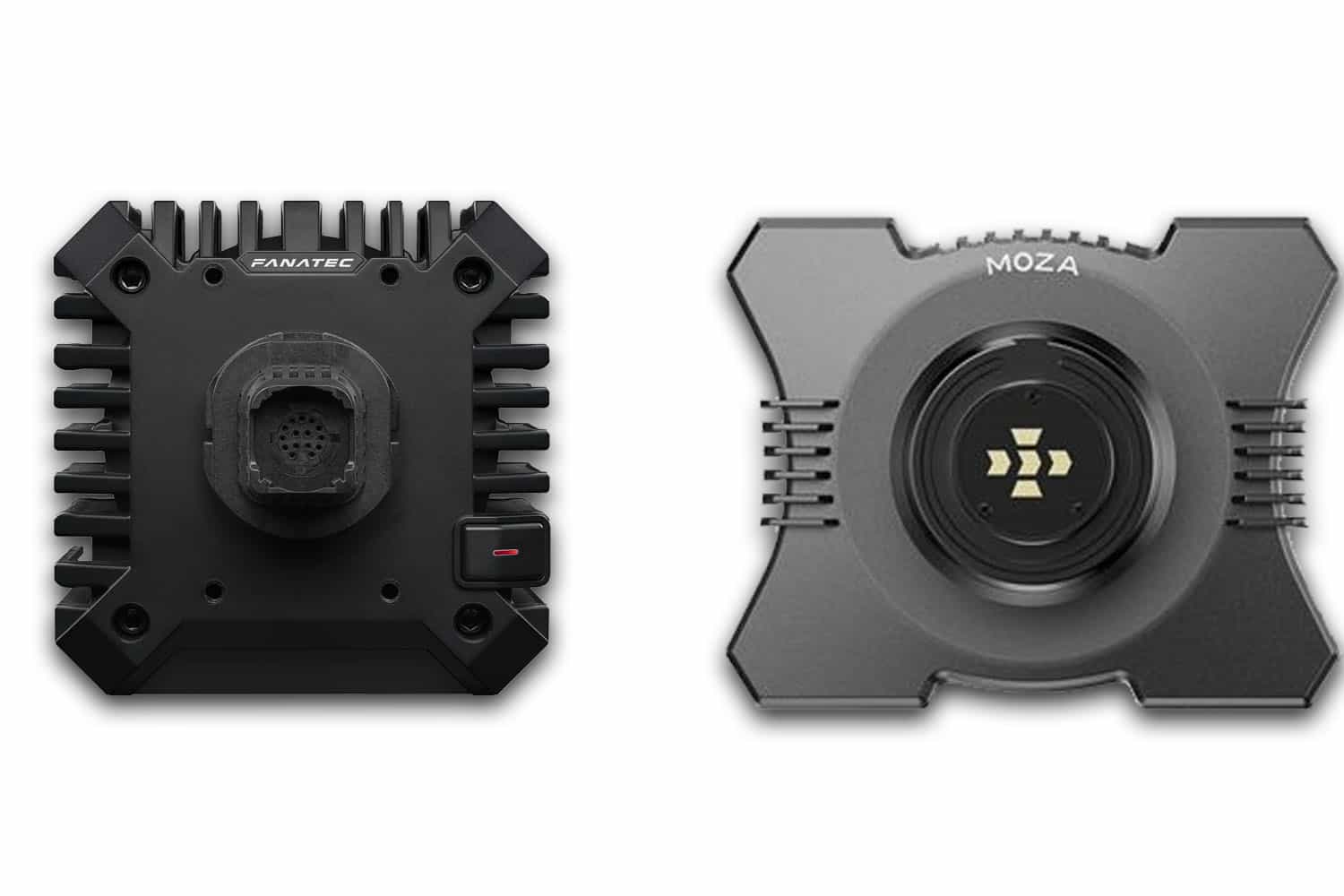
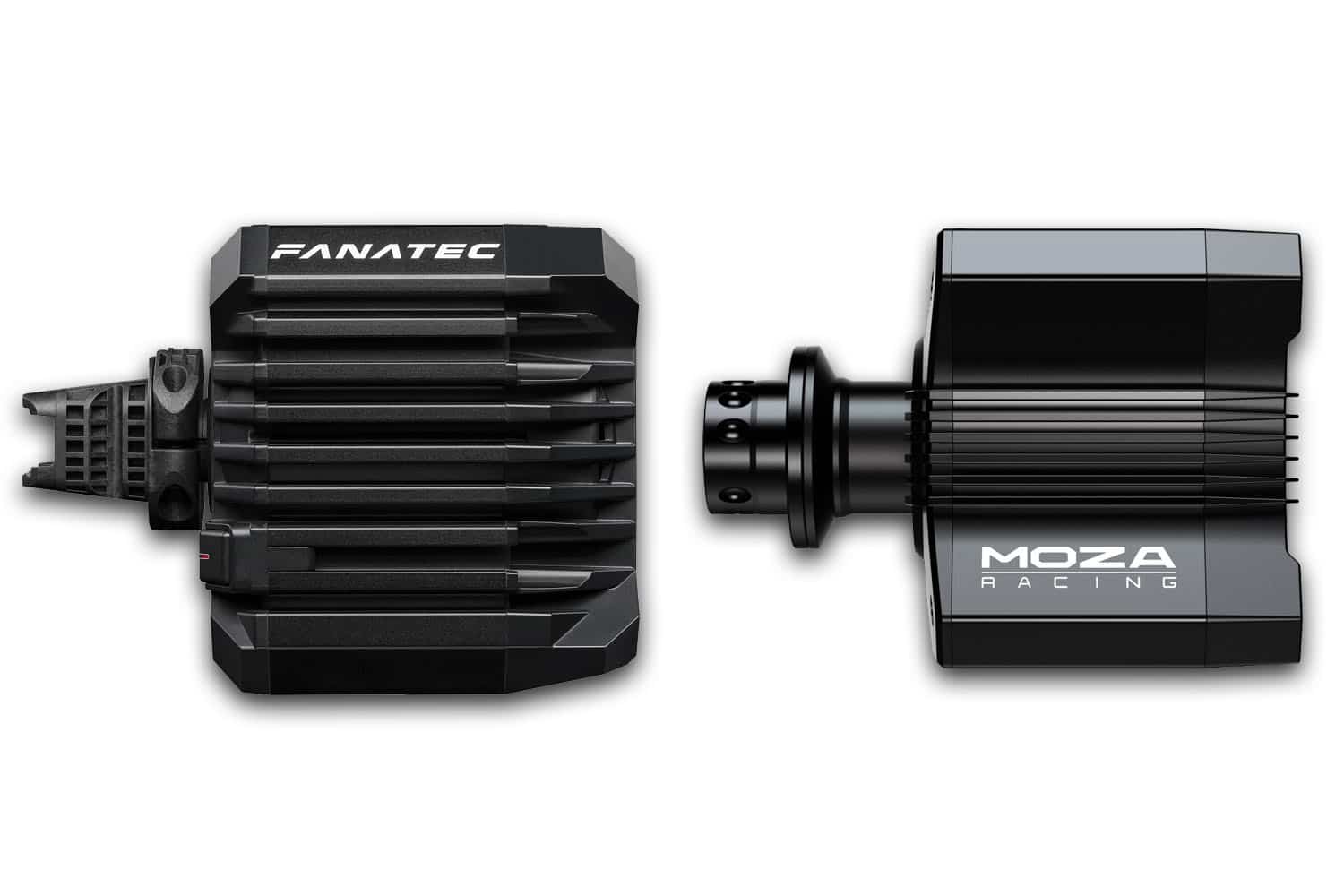
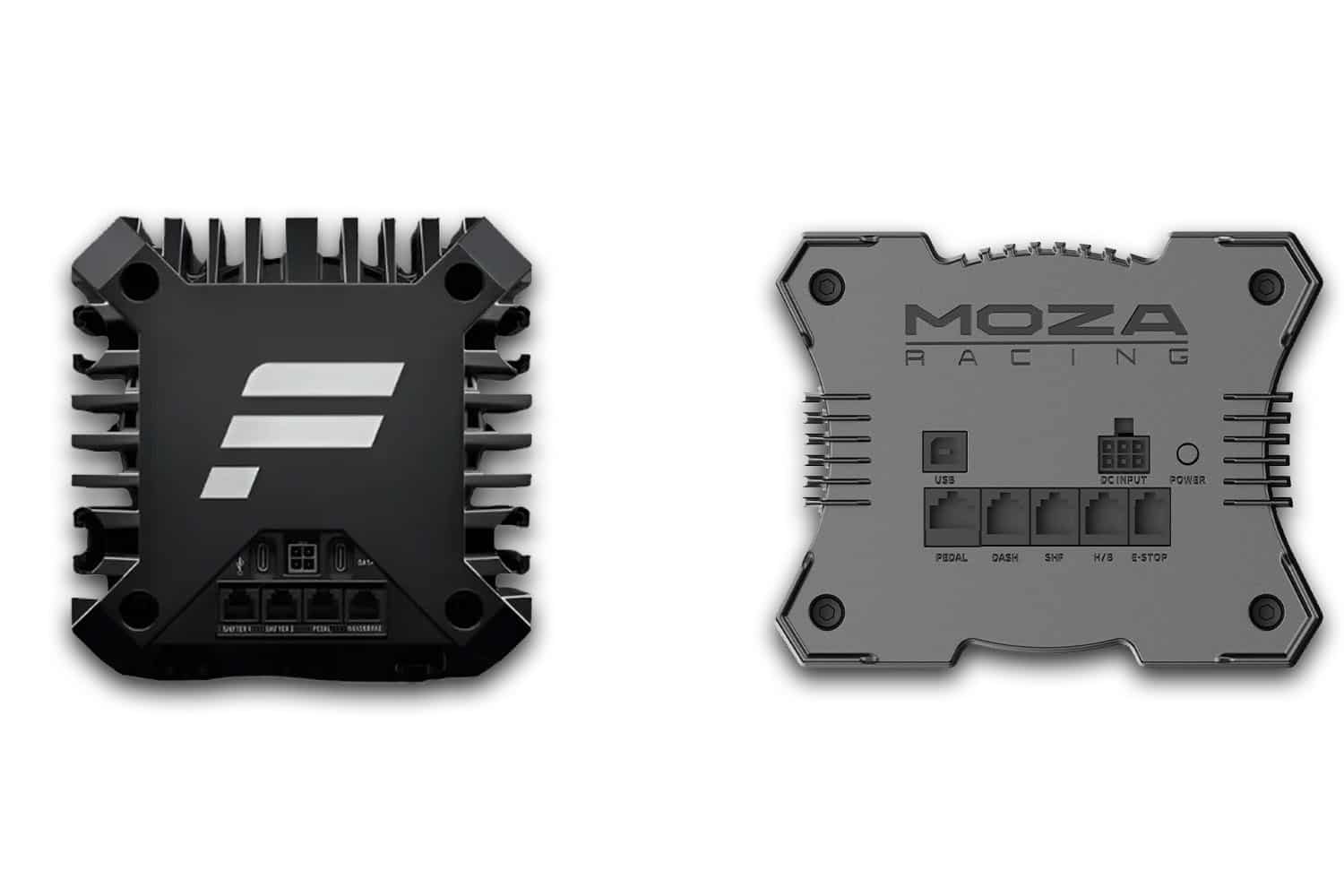



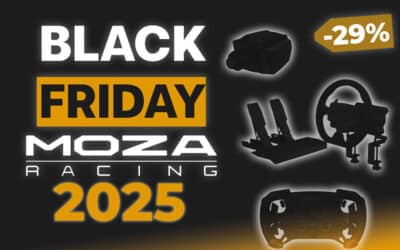
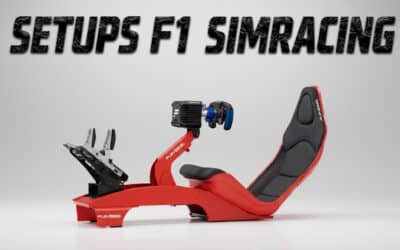
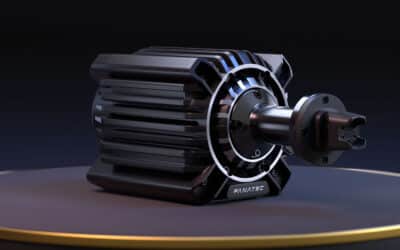
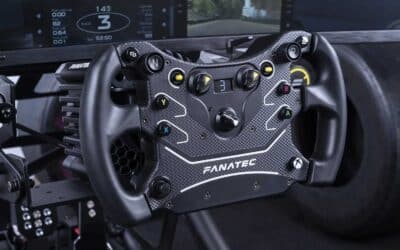
0 Comments